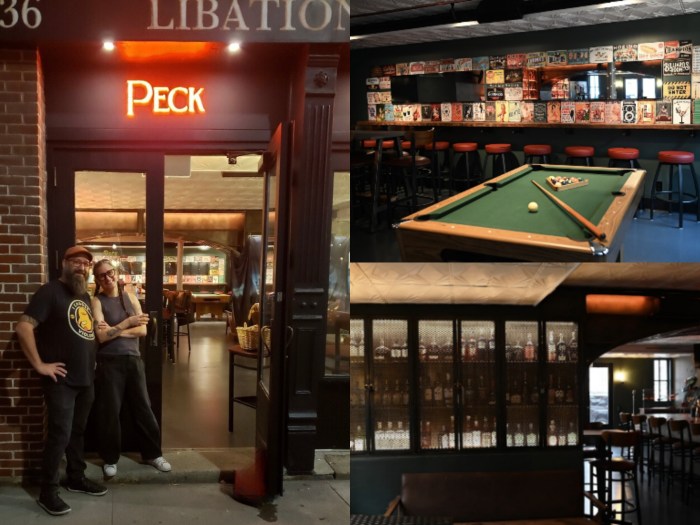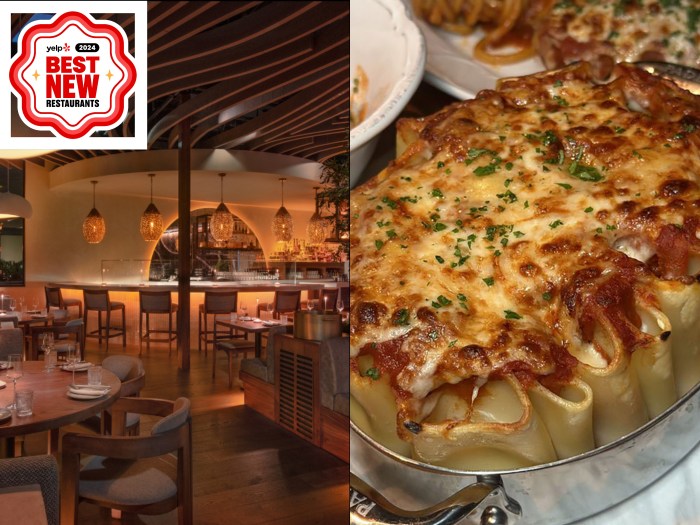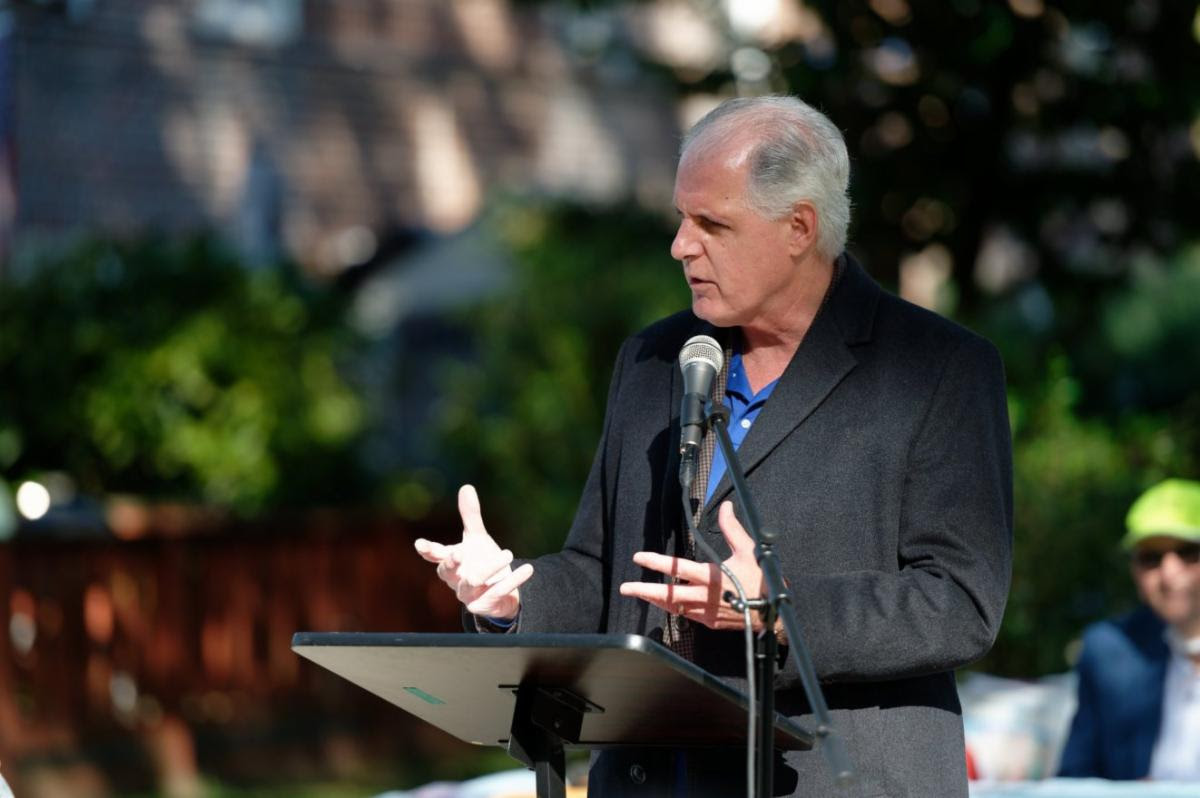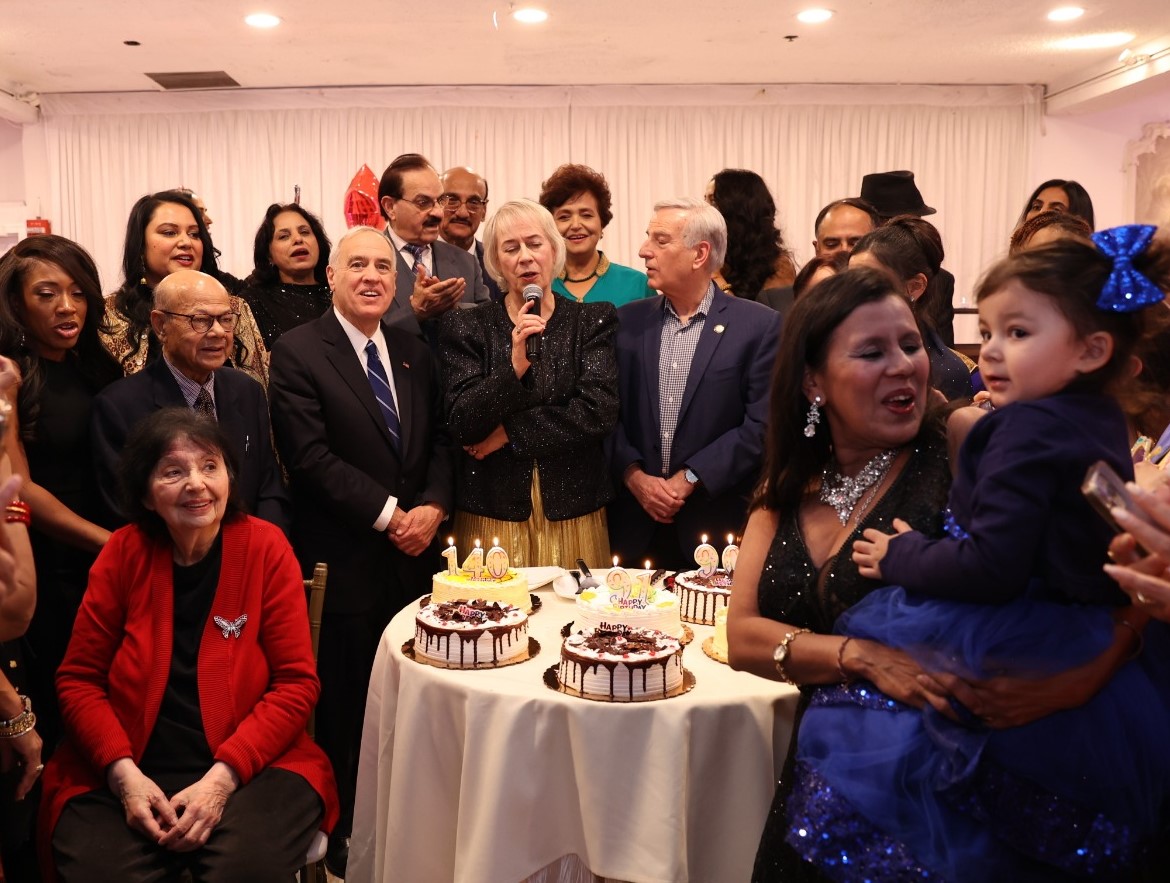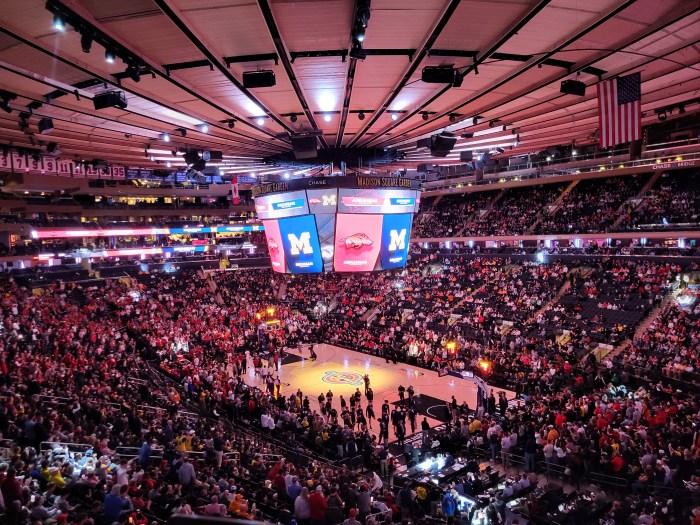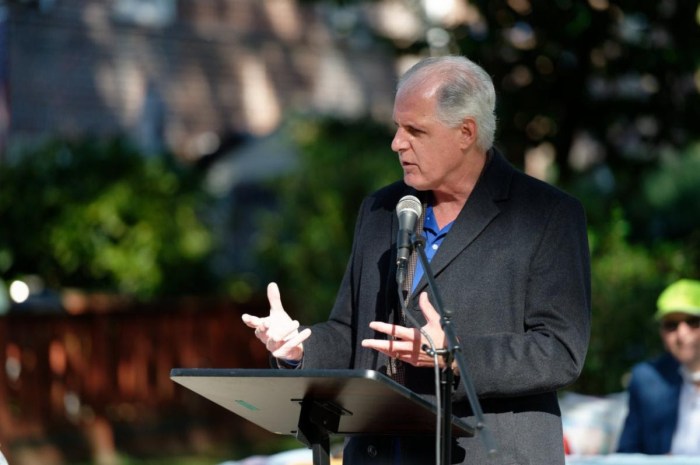
Mimi Weissenborn is the 30-year old executive chef of Vinatería, an upscale-Italian spot along Harlem’s restaurant row. Weissenborn has “Shef” tattooed on her arm, a nod to being a woman in a notoriously male-dominated industry.
“It’s something I’m really proud of, but I hope one day the conversation will not be that I’m a woman — I’m just a chef. There will be no difference,” she says.
In her lead role at Vinatería, which was opened by Yvette Leeper-Bueno in 2013, says she feels a responsibility to highlight the accomplishments of other women in her field. She launched a “Women’s Dinner Series,” which included an event with “Top Chef” alum Elizabeth Falkner, and says the culinary world is becoming more open to women at the top.
“If you look back even just 10 years ago, to be a worthy executive chef, you had to work in the business 30, 40 years, but there’s a lot of light coming through right now, which is great,” she says. There’s always doubt that’s just been inherently placed in our minds, but we can do anything that a man can do. We don’t have to be a certain way or look a certain way anymore to necessarily fit the criteria of a great chef.”

And if you think she’s too young to be running the kitchen in the cutthroat world of NYC cuisine, well, she’s heard it before.
“It’s always kind of funny to me because I’m pinned as this kid almost, but I’ve spent half of my life in a restaurant, so that’s 15 years of working under my belt,” she says.
Weissenborn started at her local pizza place in Frederick, Maryland, when she was 15, before eventually going to culinary school after a stint at community college. But her passion for food didn’t materialize until she was able to start creating her own recipes.
“Even four years after [culinary school], I was like, “I don’t actually love this,’” she recalls. “But then a restaurant I worked at offered to teach me to bake and that was the first time as a cook I was allowed to create, and even that was a small scale of making a weekly sandwich special but your mind could run a little bit.”
In 2014, she moved to New York and has been the executive chef of Vinatería for the past two years, where she runs the kitchen and creates recipes and specials for the popular spot. On her menu now is a seared haddock with cacio e pepe risotto, a dish inspired by a trip to New England, with a Northern Italian twist.
“Haddock was something I had never had, but it was delicious, so I thought, how can I take this home?” she says, adding that the recipe “is near and dear to Italy, with a beurre blanc sauce and seasonal mushrooms. It’s so delicious.”
The creative process behind cooking is what drew her to the kitchen, she says.
“I discovered that, wow, this is something I love to do. This is what I’m passionate about, when I’m allowed to create.”
While Weissenborn has worked her way to the top, for many aspiring female chefs, finding their place inside a professional kitchen is still an uphill climb. More than half of culinary school graduates are female, but as of 2017, just 23% of professional chefs are women, according to Census data analyzed by Datawheel.
And Weissenborn says there has not been enough progress when it comes to the pay inequities in her industry.
“Progress is consistency day in, day out, and it’s slow moving,” she says. “So while we have made strides forward, why are there still things like a gender pay gap? It’s shocking when you actually dive in and realize it’s still here and it’s crazy.”
Chefs experience one of the largest pay gaps between genders. According to a 2016 Glassdoor survey, female chefs make 28.3% less than their male colleagues, the second widest professional pay gap behind computer programmers.
“This is a cause that should be near and dear to everyone, but I also realize that, for some people, it’s not their call,” Weissenborn says. “I feel it’s definitely my call. If you can run at this level and do these bigger things, you also need to run at the level of having these conversations that are maybe uncomfortable.” And a conversation or two is just the beginning.
“It always takes someone who blows the whistle, but then it really takes the years after that to keep doing this and to keep having these conversations to keep making these things known,” she continues. “Like, ‘Hey, I’m not going to quiet down, because I’m still not making enough.’”

The kitchen is her “safe space,” and Weissenborn says she works hard to create an inclusive and supportive environment.
“There’s always pressure to want your staff to be pushed. I want them to reach their peak, but I want to have fun. I don’t want to be screaming at people. I don’t want to be babysitting people,” she says. “For me, the restaurant has always been kind of my safety place. So that’s what I want to create with what I’m doing here.”
At Vinatería, Weissenborn says she’s found her creative voice inside the kitchen, and is using her voice for advocacy outside of it too.
“What I’m passionate about is when I’m allowed to create and make people happy by what we create and what you’re eating,” she says. “I want to be better, so I always feel called to ask, how can we do more and how can we contribute more?”
Women-fronted in Harlem
Want to support more female-run restaurants in Harlem? Check out these five spots:
Melba’s: Melba Wilson runs this namesake spot in Harlem, which she opened after working for her aunt Sylvia, owner of the famed soul-food enclave Sylvia’s. And the cuisine runs in the family: Melba’s serves up classic comfort foods like fried catfish and chicken and waffles. (300 W 114th St.)
Lido: Owned by Susannah Koteen and run by executive chef Serena Bass, Lido serves Northern Italian fare with seasonal menus. Enjoy brunch specialties on their outdoor sidewalk patio like an Italian pork sausage omelet or polenta with poached eggs. Or splurge on an indulgent dinner of squid ink pasta with seafood and lamb chops with black rice. (2168 Frederick Douglass Blvd.)
Hot Bread Kitchen: In addition to baking the fresh breads, rolls and pastries sold at their East Harlem bakery, and at Whole Foods and farmers’ markets, Hot Bread Kitchen is elevating women into culinary careers through an intensive 4-week training program. The program teaches women kitchen and restaurant basics, and places all of its graduates into professional roles. (1590 Park Ave.)
The Edge: Located farther uptown in the Sugar Hill area of Harlem, The Edge is a coffee bar and restaurant serving Caribbean specialties and cafe food, like a jerk chicken Caesar salad, jumbo shrimp with plantains, and, of course, avocado toast. Sisters Juliet and Justine Masters run the cozy joint, and offer live music and poetry readings throughout the month. (101 Edgecombe Ave.)
Tsion Cafe: Also in Sugar Hill, Tsion is an Ethiopian restaurant run by chef Beejhy Barhany. Relax on the outdoor patio for a lazy Saturday brunch, or have a shareable feast of tibs, an Ethiopian spiced meat dish served with vegetable sides and chewy injera bread. Wash it down with a glass of Ethiopian honey wine or a house-made ginger tea. (763 St Nicholas Ave.)




